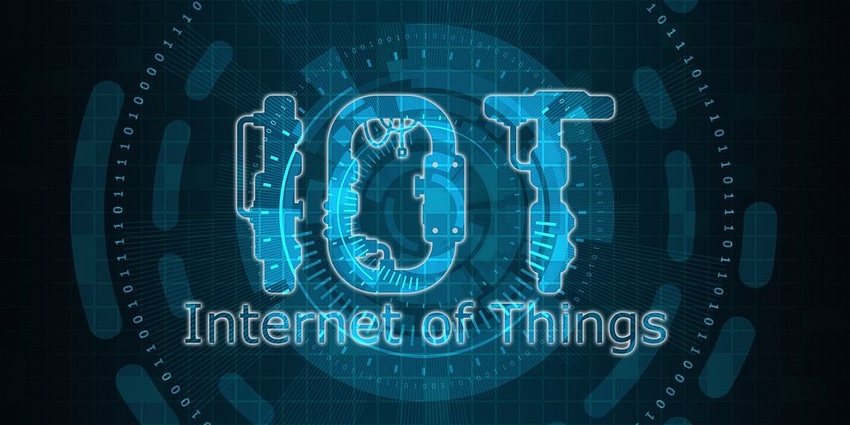An industry expert discusses why developing new solutions, IoT, and blockchain must be important components of a medtech company’s strategic planning.
September 4, 2019

There are several reasons why medical device companies need to consider blockchain issues along with the Internet of Things (IoT). IoT will soon become a widespread technology and it will require new levels of security and integrity in a healthcare setting.
Beyond the ability to track a device or ensure custody over the chain of title, all things that are easily done without blockchain, if you are working to get nearer your end-user by harnessing data, blockchain could be critical. If your strategic plan includes reconfiguring your company’s vertical integration, you will likely benefit from blockchain applications. If you are moving beyond manufacturing and integrating products and services into healthcare solutions, blockchain can be a crucial differentiator, and eventually a necessity for success. Each of these strategies may be achieved by connected medical devices actively producing patient data within a larger connected environment. Ensuring the integrity of the device and the data it produces is critical for the success of these strategies. The device and the data must be protected against intentional hacking or unintentional errors.
The patent environment related to these two domains is already complicated and in a state of continued expansion. It will be years before consolidation and greater order comes to this environment. It is, therefore, advised that companies entering this environment with products and solutions have a coherent patent strategy in place.
Protecting your innovations related to IoT and blockchain will have critical implications for the implementation of your strategies. These technologies pose unique patent challenges. To achieve enforceable patents requires considered and current drafting tactics.
The patenting exercise in these domains is important due to the expected market size of IoT and blockchain. Most of the large tech players have been busy patenting in each of these technologies and many newer companies have dedicated themselves to innovating in these technologies. Also, there are already several non-practicing entities (‘NPEs”) collecting patent assets in these technologies. The interest in these domains is global, and therefore, the patent landscape extends, in material ways, globally. This makes the patent landscape complex and fragmented.
To avoid costly patent mistakes, a company must be aware of the patent landscape and potential infringement problems. Licensing may be required for achieving certain product and solution manufacturing or sales. Based on our research, we expect opportunities for licensing with some of the important patent holders including perhaps Qualcomm and LG. However, NPEs must also be considered. Many of the patent holders will be keen on exploiting their portfolios thereby enabling them to extend their platforms as widely as possible. Investigating the patent landscape, along with the fit of the particular technologies being offered, is essential during the product/solution planning stage. Early adopters may achieve certain benefits in their licensing efforts since they might be granted greater rights in participating in, or have some influence over, the continued development of a platform’s technology. Those who wait may benefit from a clearer picture of the more widely used and successful IoT/blockchain platforms, thereby averting potentially costly mistakes.
Developing your own IP in these domains will likely be beneficial. There is no de facto platform yet, and there is still white space in the landscape for important innovations. Even fewer substantial innovations may play an important role in differentiating your product/solutions. At this stage, we suggest that each innovation you make in this area be closely scrutinized for patentability. Defensive patenting and IP bargaining chips may play an important role in any licensing negotiation or infringement litigation.
When patenting device innovations in these domains, one must consider the inherent interoperability of the IoT technology within a globally distributed blockchain network. This raises issues such as divided infringement, damages related to the entire market value and patent exhaustion. Specifications and patent claims must be drafted with great forethought and with the most current best practices.
We also suggest consideration of an international outlook for both your infringement/licensing analysis and your patenting program. Both the IoT and blockchain domains are global in scope and may not be dominated by US entities and will not be controlled by US regulations alone. Europe and China must be considered, not only for regulatory, manufacturing and sales concerns but also for patent concerns in the US. Chinese companies intend on playing a major role in these domains and their patent filings in the US will manifest that intent.
TAKE AWAY: As a medical device company developing new solutions, IoT and blockchain must be important components of your strategic planning. Patent implications should be considered early in your planning.
About the Author(s)
You May Also Like


